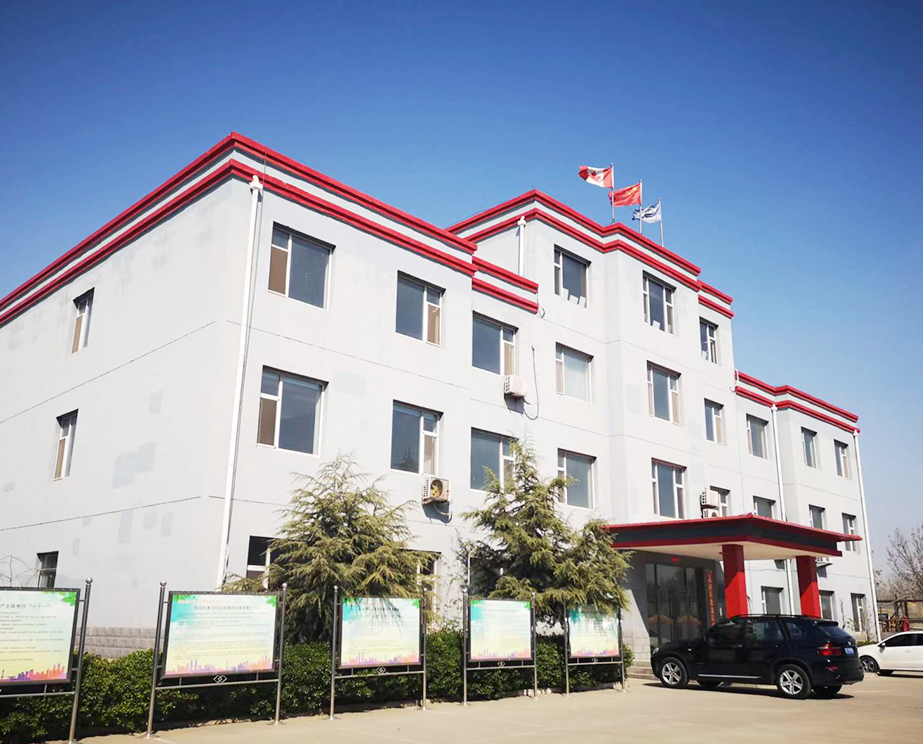- Afrikaans
- Albanian
- Amharic
- Arabic
- Armenian
- Azerbaijani
- Basque
- Belarusian
- Bengali
- Bosnian
- Bulgarian
- Catalan
- Cebuano
- Corsican
- Croatian
- Czech
- Danish
- Dutch
- English
- Esperanto
- Estonian
- Finnish
- French
- Frisian
- Galician
- Georgian
- German
- Greek
- Gujarati
- Haitian Creole
- hausa
- hawaiian
- Hebrew
- Hindi
- Miao
- Hungarian
- Icelandic
- igbo
- Indonesian
- irish
- Italian
- Japanese
- Javanese
- Kannada
- kazakh
- Khmer
- Rwandese
- Korean
- Kurdish
- Kyrgyz
- Lao
- Latin
- Latvian
- Lithuanian
- Luxembourgish
- Macedonian
- Malgashi
- Malay
- Malayalam
- Maltese
- Maori
- Marathi
- Mongolian
- Myanmar
- Nepali
- Norwegian
- Norwegian
- Occitan
- Pashto
- Persian
- Polish
- Portuguese
- Punjabi
- Romanian
- Russian
- Samoan
- Scottish Gaelic
- Serbian
- Sesotho
- Shona
- Sindhi
- Sinhala
- Slovak
- Slovenian
- Somali
- Spanish
- Sundanese
- Swahili
- Swedish
- Tagalog
- Tajik
- Tamil
- Tatar
- Telugu
- Thai
- Turkish
- Turkmen
- Ukrainian
- Urdu
- Uighur
- Uzbek
- Vietnamese
- Welsh
- Bantu
- Yiddish
- Yoruba
- Zulu
Understanding the Distinctions Between Casing and Tubing in Oil and Gas Operations
Understanding the Difference Between Casing and Tubing in Oil and Gas Industry
In the oil and gas industry, the terminology can often be confusing for those who are not directly involved in the field. Two critical components of well construction are casing and tubing, which, despite their similarities, serve distinct purposes throughout the drilling and production processes. Understanding the difference between these two elements is essential for anyone looking to gain insights into how oil and gas extraction operates.
What is Casing?
Casing is a series of steel pipes that are installed in the borehole during the drilling process. Its primary function is to provide support and stability to the wellbore, preventing it from collapsing under its own weight or due to external pressures from surrounding rock formations. The casing also serves to isolate different underground formations to prevent the migration of fluids between them. This is particularly crucial in areas where fluid production and aquifers exist in proximity, as casing helps to protect fresh water resources from contamination by hydrocarbons or other subsurface materials.
Casing is installed at various depths depending on the geological formations encountered during drilling. The pipe sections are joined together using threaded couplings to create a continuous length that can withstand the high pressures and temperatures associated with oil and gas extraction. Once the casing has been set in place, it is cemented to the wellbore to ensure a secure seal.
What is Tubing?
Tubing, on the other hand, is a smaller diameter pipe that is installed inside the casing after the well has been completed. Its main purpose is to transport the produced fluids (oil, gas, or water) from the reservoir to the surface for processing and storage. Unlike casing, which remains in the well for its entire life cycle, tubing can be removed and replaced as needed to facilitate production activities.
The design and material of tubing pipes are tailored to withstand the conditions of production, which includes varying pressures and the potential presence of corrosive substances
. Tubing is typically lower in weight than casing and must be able to provide a tight seal to ensure that the extracted fluids flow efficiently to the surface without leaks.what is the difference between casing and tubing?

Key Differences Between Casing and Tubing
1. Functionality - Casing is primarily for wellbore integrity and isolation between formations, while tubing is designed for fluid transportation. 2. Installation Timing - Casing is installed during the drilling process and remains in place throughout the life of the well. In contrast, tubing is installed after the well has been drilled and is subject to replacement over time for maintenance and efficiency.
3. Diameter and Size - Casing pipes are generally larger in diameter than tubing pipes. This difference in size is significant as it allows casing to accommodate the drilling process and protect against external pressures.
4. Material and Design Considerations - While both casing and tubing are typically made of steel, their designs vary to meet specific requirements. Casing must endure external pressures and is built to be robust, while tubing is optimized for internal pressure management during fluid production.
5. Impact on Well Operations - The presence of casing allows for a safe and stable well environment, minimizing risks of blowouts and leaks. Tubing plays a critical role in ensuring production efficiency and maintaining potential output.
Conclusion
In summary, while casing and tubing are both essential components in the oil and gas industry, they serve very different roles in the production process. Casing safeguards the integrity of the wellbore and ensures that various geological layers are appropriately isolated, while tubing provides a pathway for the product to flow from the reservoir to the surface. By understanding the differences between these critical components, stakeholders can better appreciate the complexities involved in oil and gas extraction, ensuring more efficient and safer operations in the field.
-
Tubing Pup Joints: Essential Components for Oil and Gas OperationsNewsJul.10,2025
-
Pup Joints: Essential Components for Reliable Drilling OperationsNewsJul.10,2025
-
Pipe Couplings: Connecting Your World EfficientlyNewsJul.10,2025
-
Mastering Oilfield Operations with Quality Tubing and CasingNewsJul.10,2025
-
High-Quality Casing Couplings for Every NeedNewsJul.10,2025
-
Boost Your Drilling Efficiency with Premium Crossover Tools & Seating NipplesNewsJul.10,2025







